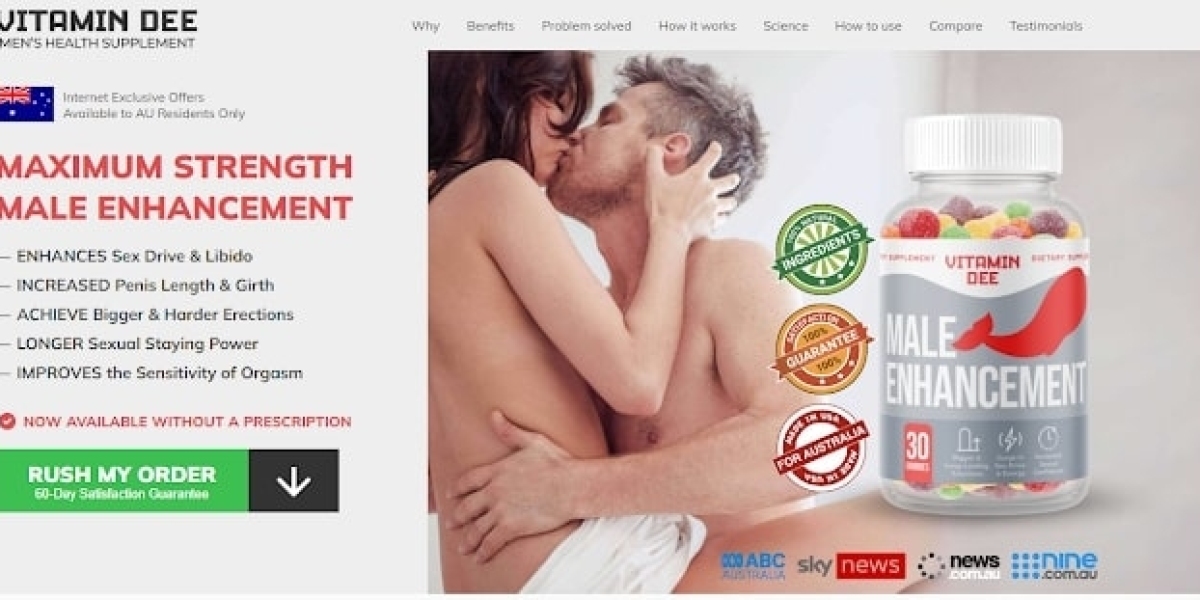When marketing travel services, you can't only rely on people's wanderlust since, although it might keep your company afloat, it won't help you stand out in the field.
In addition, people's desire to travel varies widely and might be affected by unanticipated circumstances.
This was shown in 2020 when travel was negatively impacted by the COVID-19 pandemic, as evidenced by past years' data on industry spending on digital advertising. Although things are getting better, a lot depends on how well travel advertisements function.
You need to use both innovative advertising and sound planning for your vacation advertising to be genuinely successful.
Follow along as I take you through the process of creating a workable travel advertising plan, which includes determining your target market, understanding the customer journey, establishing campaign objectives, and gauging the success of your ads.
We'll also examine 16 well-known travel advertisements that will undoubtedly serve as inspiration for your upcoming advertising campaigns.
Use the summary below to go directly to the section on the advertisements if you're more interested in those than in the strategy.
Steps for The Perfect Advertising Strategy
Because advertising requires time, money, and other resources, maximizing return on investment is the ultimate goal.
Creating a strategy in advance, or a detailed plan to target the appropriate audience and convince potential customers to select your travel services over those of your rivals, is the most reliable approach to do this.
Having a strategy not only gives you a clear path of action but also acts as a guide for you to evaluate your progress along the way and adjust your plan as necessary.
The following are essential measures to ensure the development of a robust tourism advertising strategy.
1. Identify your target audience
A strong target audience is the cornerstone of any effective advertising campaign for travel.
Consider how pointless it would be to target users who have no chance of becoming clients. By reducing the group size, you can concentrate your efforts on contacting the people who stand to gain the most from your travel services.
Additionally, by keeping a specific target market in mind, you may produce travel advertisements that also function as customized client experiences, which have been shown to increase conversion rates to sales.
Create a buyer persona, or a list of the qualities you would like to see in your ideal client, to identify your target market. These characteristics may be behavioral, psychographic, demographic, or geographic.
Geographic: anything having to do with a customer's location, such as their nation, state, city, or postal code;
demographic: characteristics of the population based on factors like age, gender, income, education, and marital status;
Psychographic: characteristics of personality, values, interests, pastimes, and way of life;
Behavioral: online actions based on spending and buying tendencies, browsing patterns, and a host of other factors.
2. Know the traveler’s customer journey
The customer journey encapsulates every interaction a potential consumer has with a brand from their initial meeting until the transaction is finalized.
It's generally split into three phases: conversion, consideration, and awareness.
A traveler's customer journey, however, is different from the conventional model because making a travel reservation requires careful consideration and planning; it's not an easy decision to make.
Would you, after all, purchase airline tickets as soon as you would a chocolate bar? Not me either.
Thus, the trip experience of the client can be divided into the subsequent four to five phases:
Dreaming: here is where all aspiring travelers start, whether they are imagining themselves lounging on a Greek beach or in a gondola cruising the canals of Venice.
Planning: Even the most impulsive travelers plan their trip in some way, even if it's only as simple as choosing which hotel to stay at.
Booking: Prospects are prepared to purchase airline tickets and make hotel reservations.
Experiencing: Vacationers are having a great time and creating lifelong memories.
Remembering: Recall that you can strengthen the bond between the traveler and your brand during this optional phase, which follows the completion of the excursion.
By being aware of this customer journey, you can schedule your travel advertising to coincide with the most advantageous times, particularly when potential customers are still in the planning and booking phases.
3. Set your travel campaign goals
Set goals or targets for your travel campaigns to help you stay focused on the importance of your job and track your success along the way.
The S.M.A.R.T. criterion should be used to create your marketing goals for the best results. The acronym represents the attributes that your goals ought to possess: they are precise, quantifiable, attainable, pertinent, and time-bound.
The following are a few typical objectives that can help your campaign succeed:
Raise brand recognition by placing your travel services in front of prospective clients.
increase website traffic or draw in new customers to the website of your business encourage thought by running campaigns to highlight various travel services.
Create leads by getting potential customers to fill out a form to learn more about an offer or by getting new newsletter subscribers.
Increase conversions to increase revenue.
4. Create travel ads with seasonality in mind
Not really, though. It cascades down the mountains and northern shore of Spain. However, the nation has unique weather, much like any other tourist destination.
Travel is heavily reliant on the weather. In the travel industry, there are generally three seasons: peak, shoulder, and off-season.
Known as the peak season or high season, summertime (mid-June through August) is when demand typically reaches its annual peak.
The shoulder season, which runs from April to mid-June and September to October, is when most people travel, albeit not as much as they do in the peak season.
During the so-called "off-season," which runs from November to March, all travel-related firms see a drop in sales.
But seasonality isn't always a bad thing for travel advertising because
But while seasonality gives you a clear picture of the upcoming months, it's not always a bad thing for travel marketing.
Try to pay attention to seasonal patterns and trends so you can determine when potential customers are interested in buying airline tickets, hotel rooms, or all-inclusive deals for particular locations. You may be able to influence consumers' decisions to buy by scheduling your creative advertisements and modifying your messaging for certain seasons.
5. Choose the right advertising platform
There are many different platforms for advertising, but the simplest approach to finding the ones that work best for your brand is to find out where your customers hang out.
For the majority of enterprises, the following three platforms are often the best options:
Google Ads: You can take advantage of Google's extensive reach and sophisticated targeting possibilities by launching search or display ads on the Google ad network to reach prospective clients at the precise moment that they are searching for travel services.
Social media advertisements: Advertising on social media, such as Facebook, Instagram, or TikTok, enables you to simultaneously reach a larger audience and build brand awareness. Additionally, it lets you test out a variety of ad forms, such as picture and video adverts.
Email marketing: Email provides a direct line of connection with clients through which you may provide customized messages, promotions, and discounts. In addition, it's an inexpensive marketing strategy with readily quantifiable outcomes.
6. Measure your ads’ effectiveness
It is possible that things will not go as planned even if you have a brilliant plan in place. Even if they do, tracking the effectiveness of your trip campaign is essential to knowing how well your vacation advertisements are doing.
If all goes according to plan, you'll know what to do differently in future campaigns, and if not, you'll learn how to make advertising more successful.
Fortunately, relevant measures known as KPIs (key performance indicators) are available for tracking the most popular campaign objectives on all advertising platforms, including Google and Facebook. You therefore know precisely what to look for.
Email marketing campaigns operate differently because campaign performance is measured through the use of third-party solutions that facilitate email automation.
Inspiring Travel Advertising Examples
Now for the moment, everyone has been waiting for a list of 17 travel advertisements that, in one way or another, are successful in grabbing viewers' attention.
Expedia: Chase new experiences
Let's start with a major player in the market: Expedia. The reason these two imaginative advertisements from the same campaign are so effective is that they highlight Moroccan experiences for visitors rather than the actual place.
When combined with stunning landscape images, the font combination is a match made in heaven, and the prose effectively communicates a message.
A group excursion devoid of drama
The challenge of organizing a trip with plenty of pals is understood in this Kayak display advertisement. No matter how close the ties are, there will inevitably be hiccups.
Although the ad's design may not be very striking, the language effectively communicates with viewers, thus I believe it merits a spot on this list of examples of travel advertisements.
Conclusion
In the travel sector, it is evident from the strategy recommendations and ad samples provided in this article that knowing and relating to customers is crucial.
Hopefully, you've gained some new knowledge that you can use to help you plan or create advertisements for your upcoming trip campaign.









